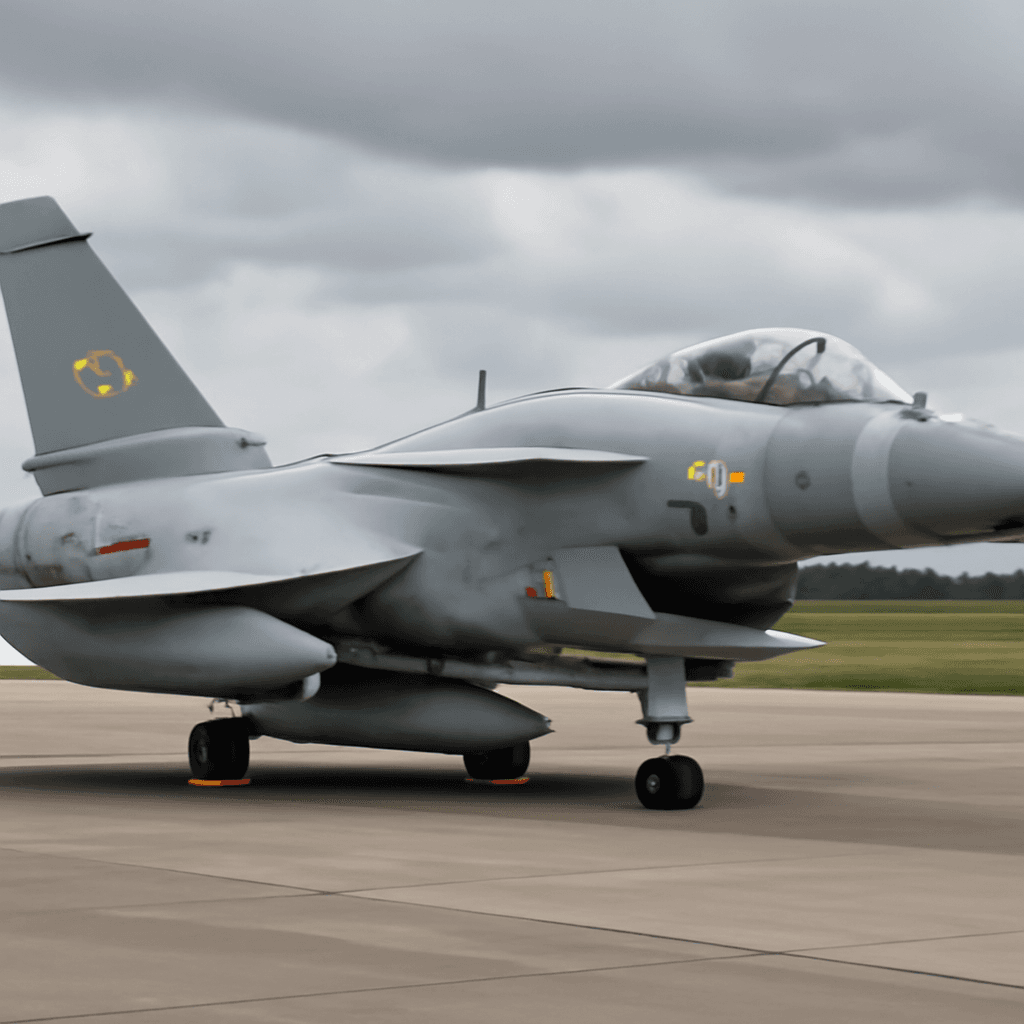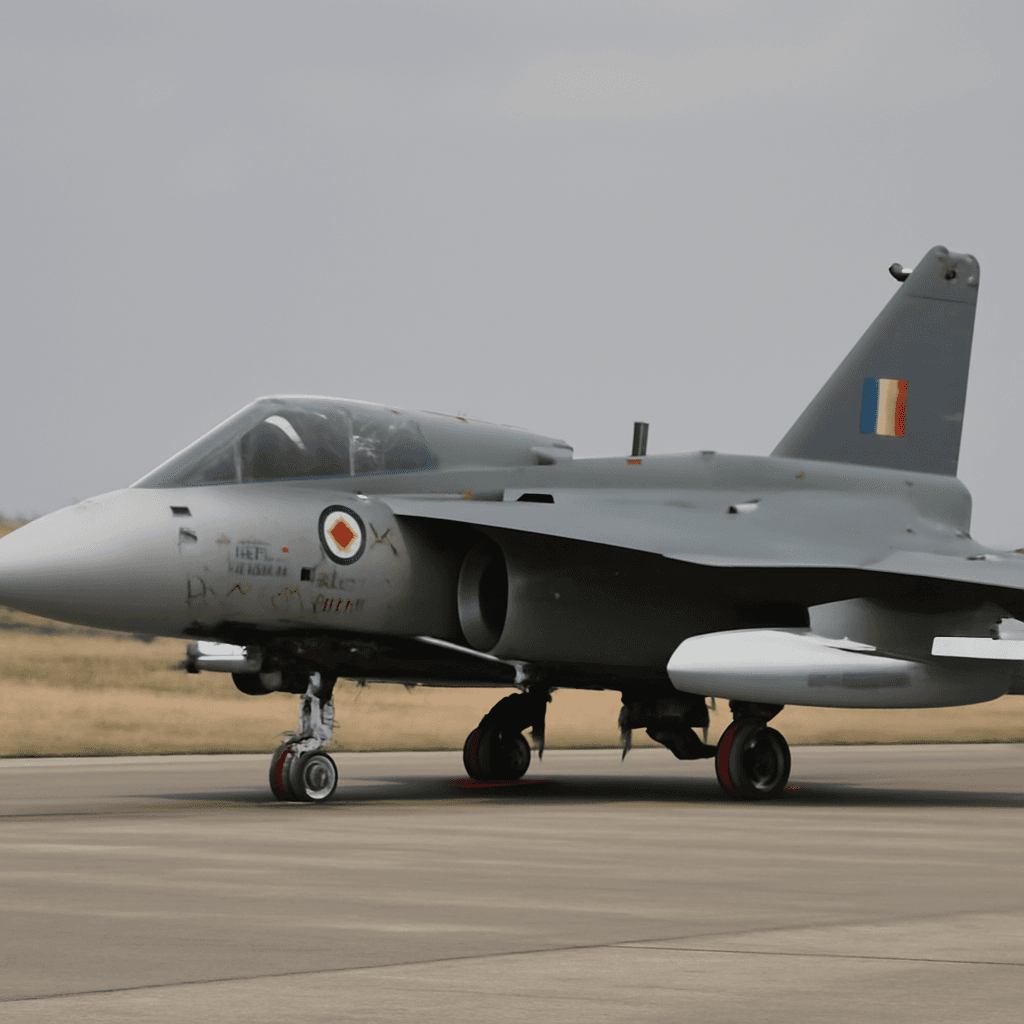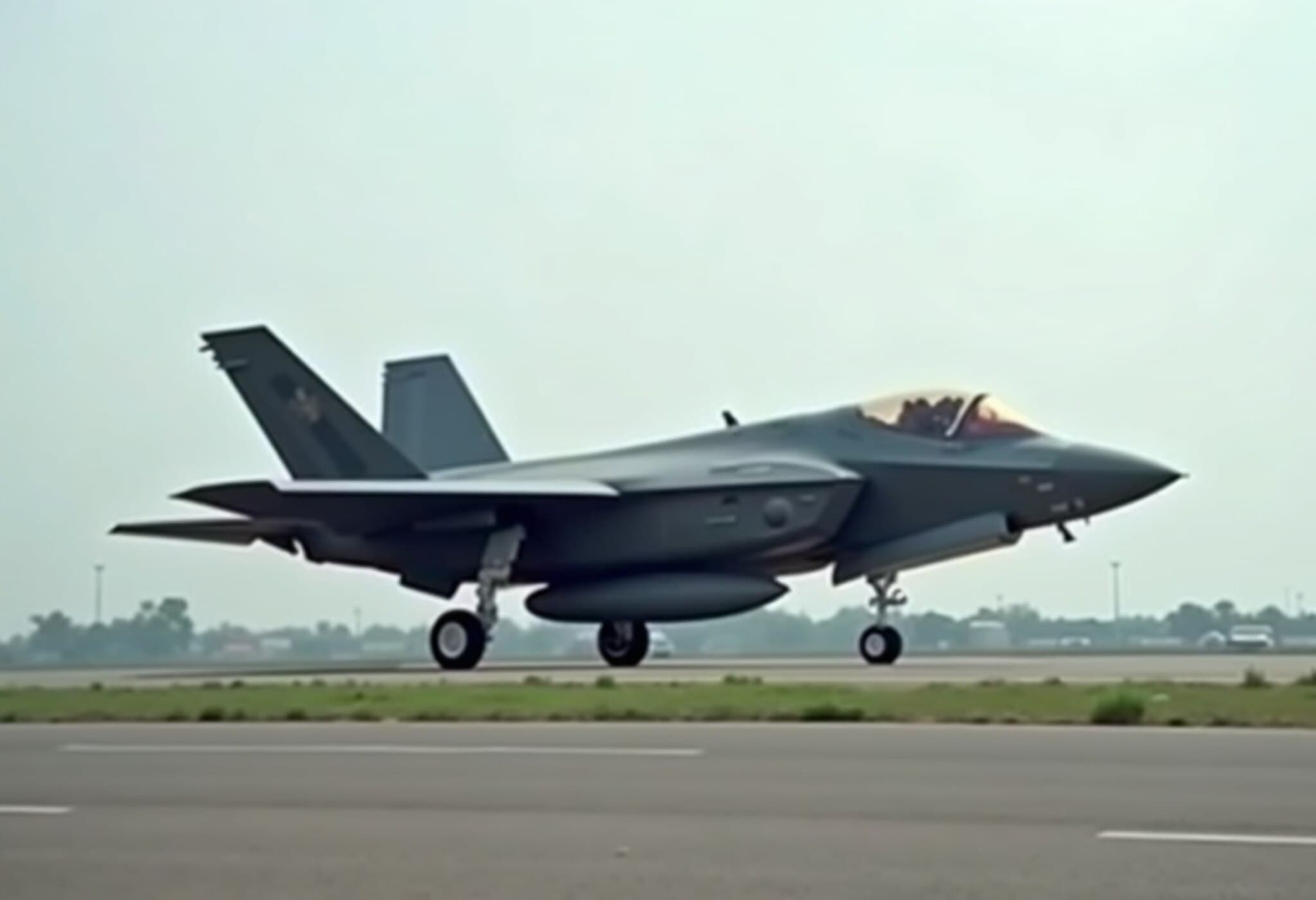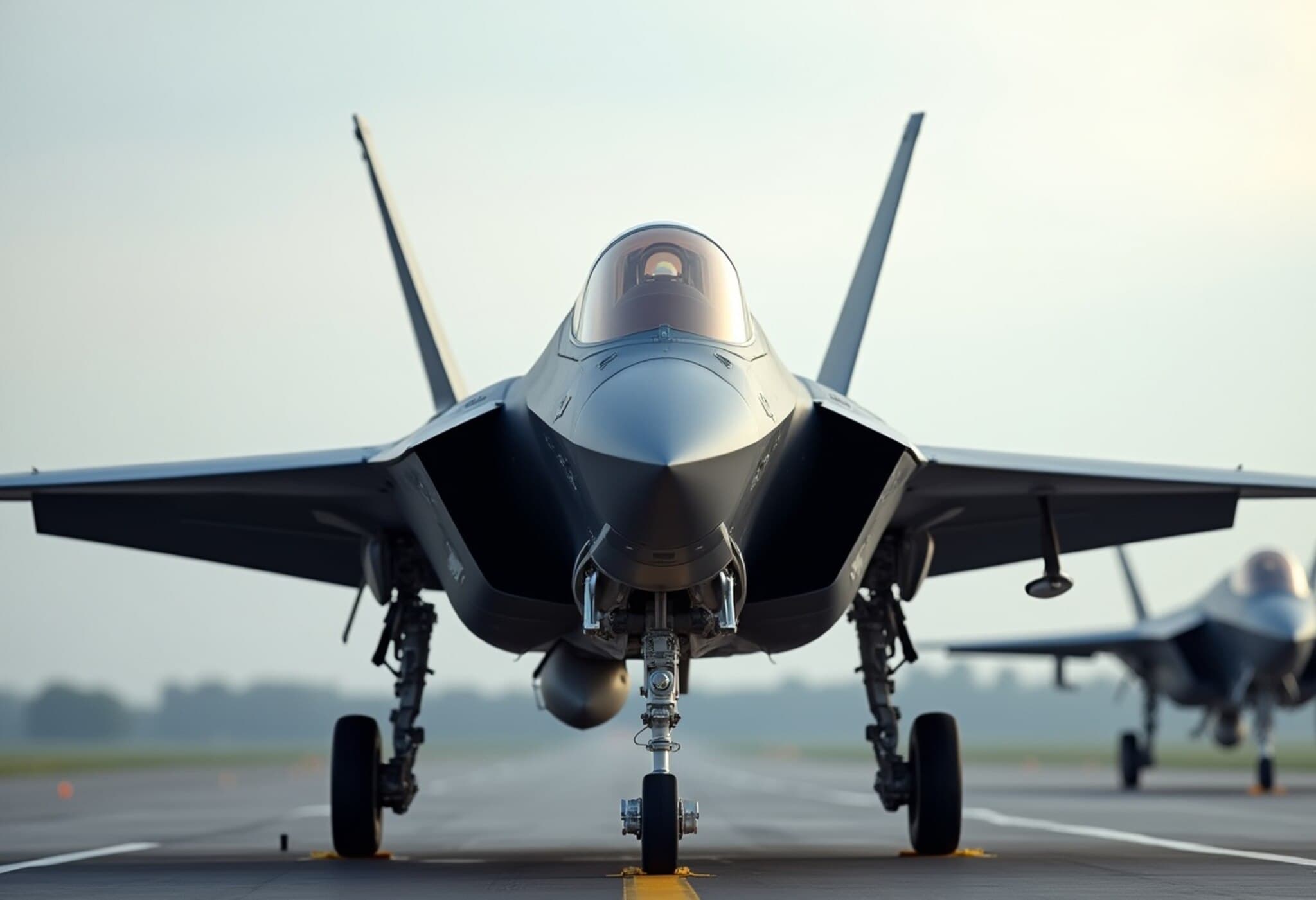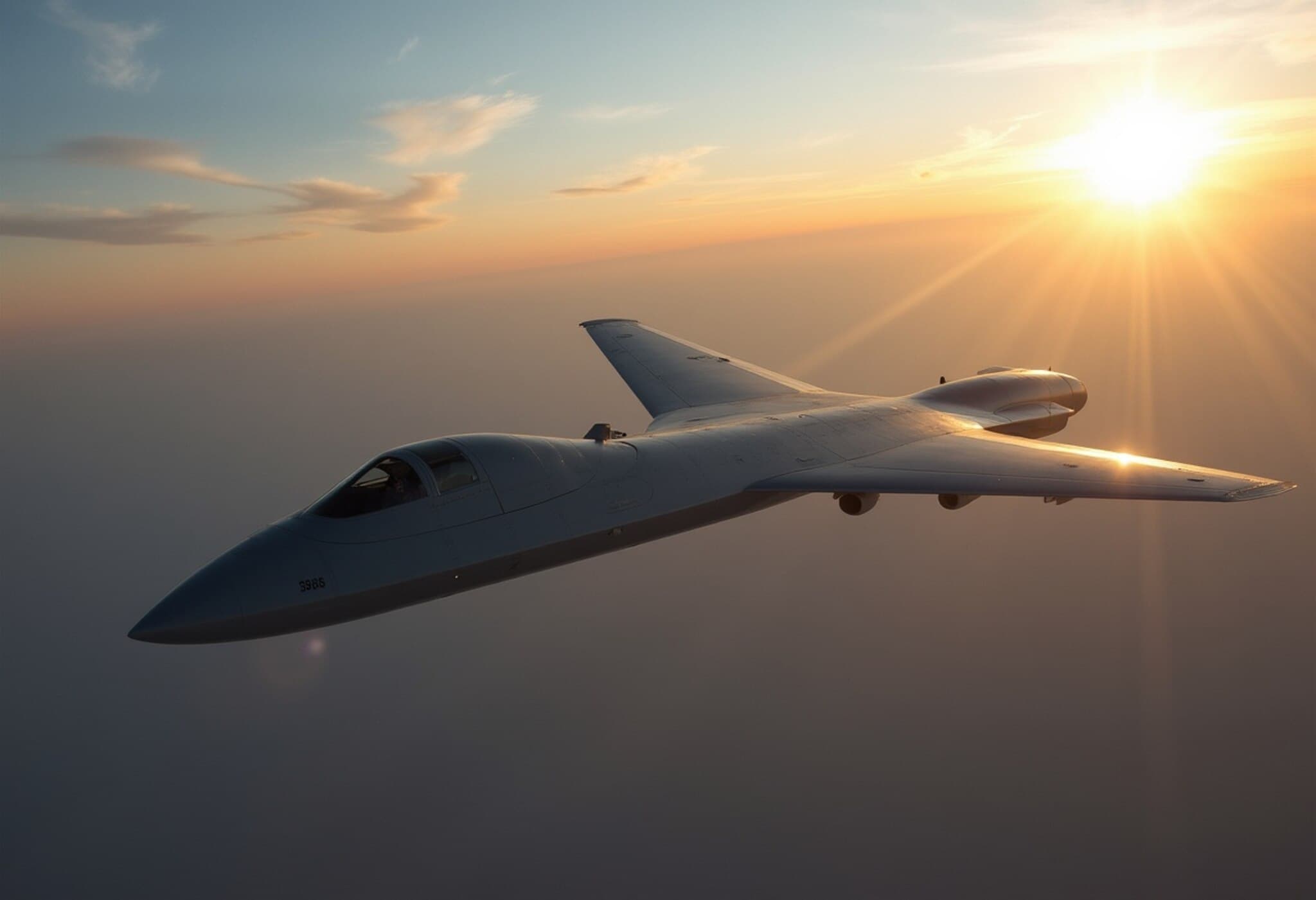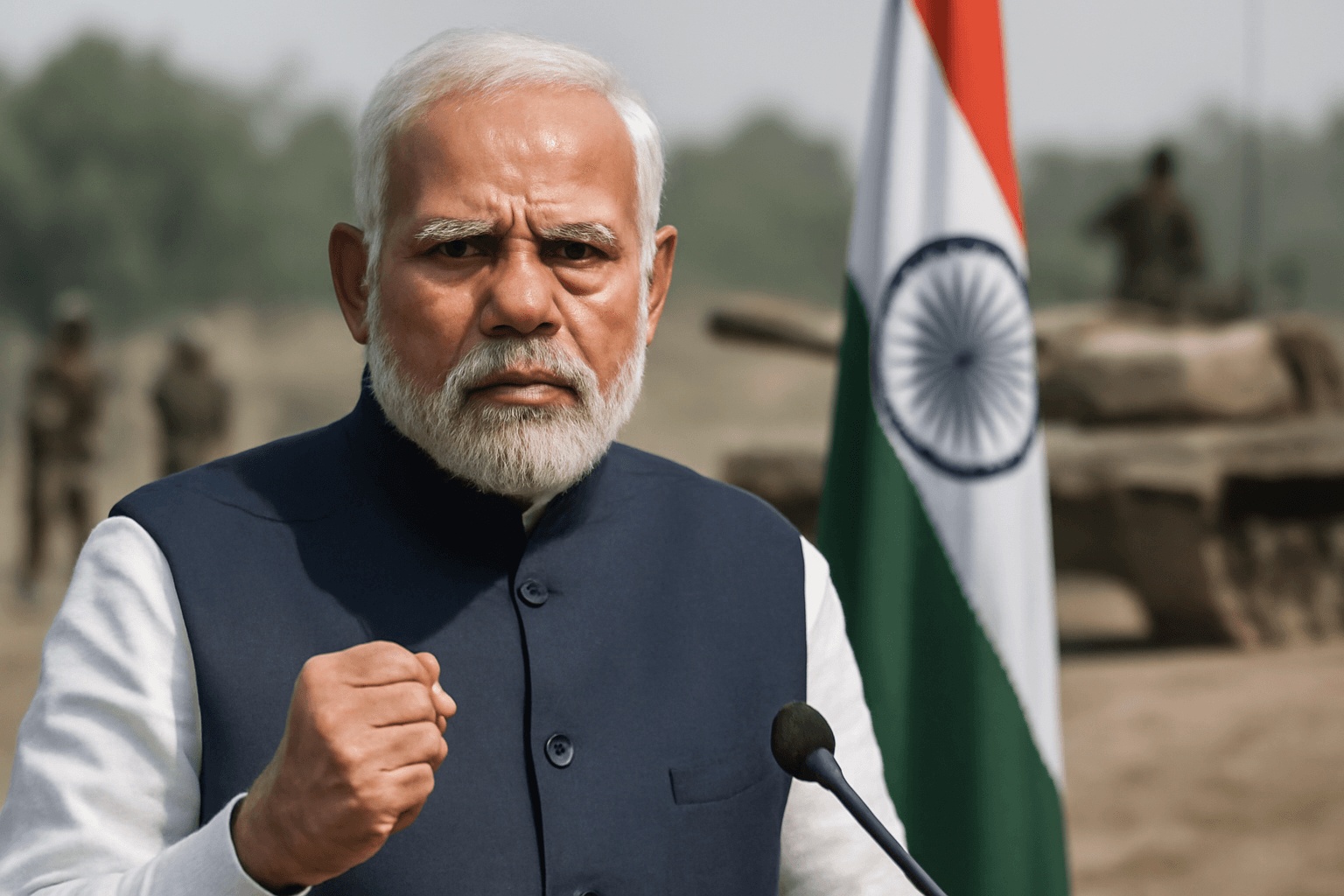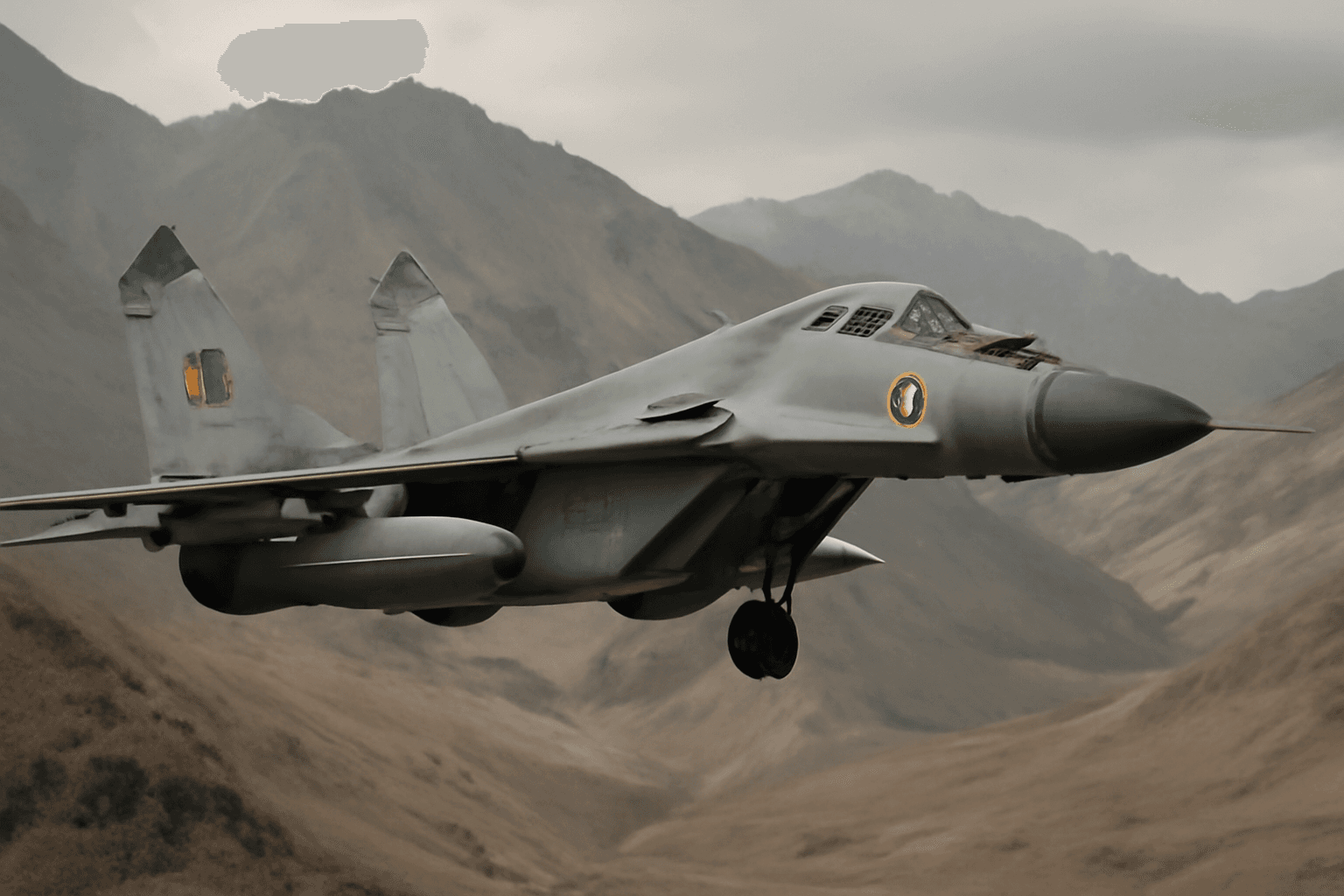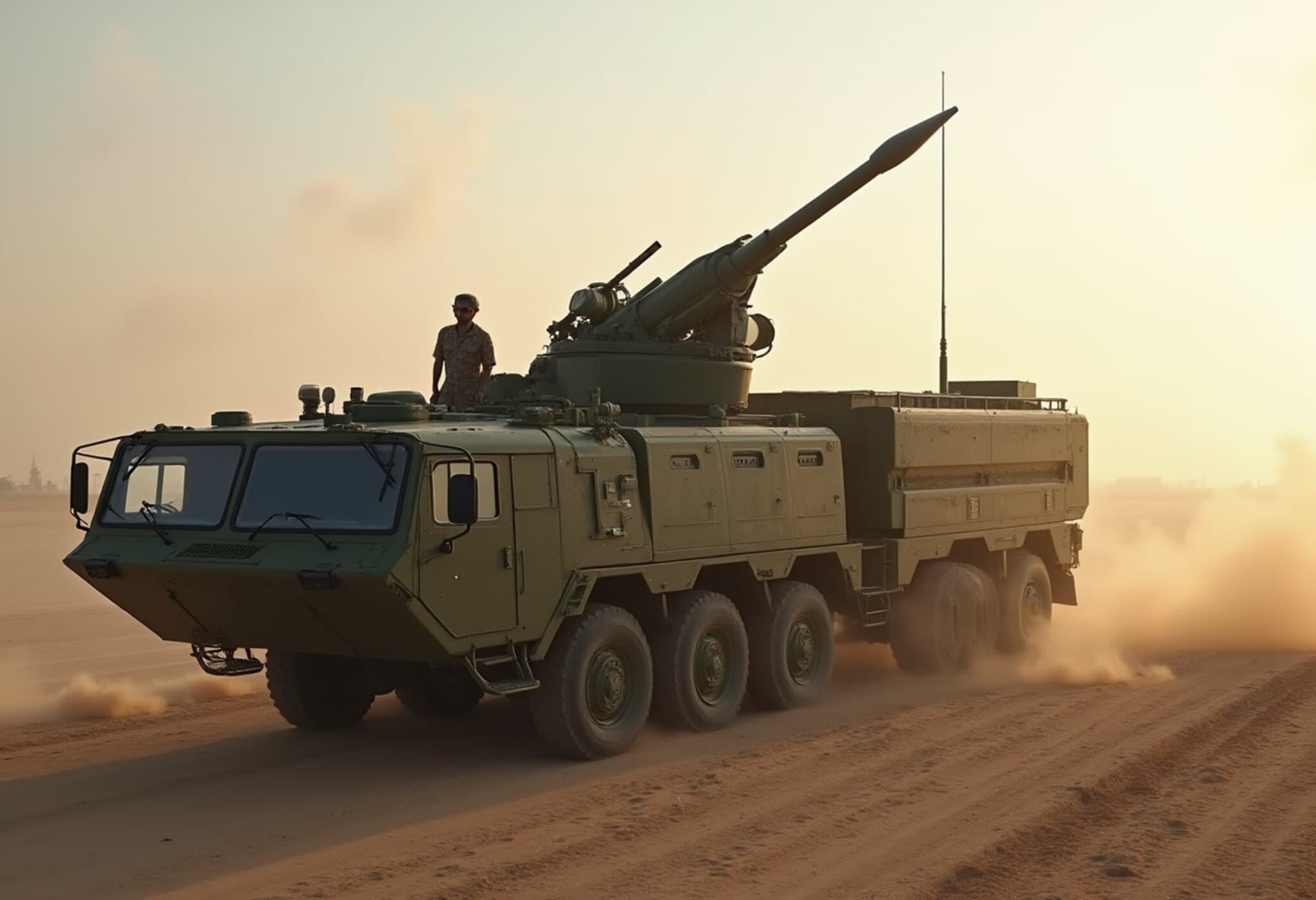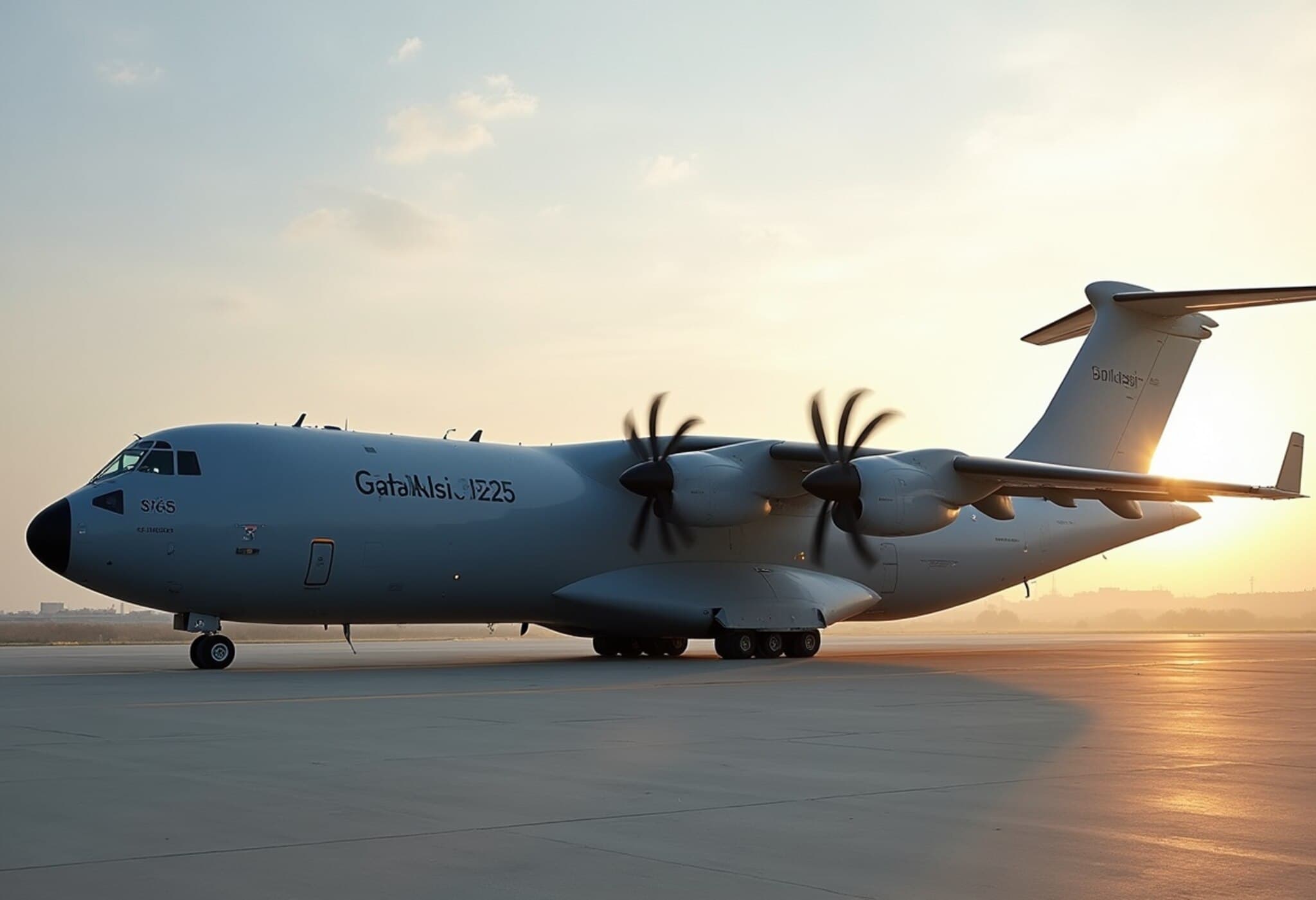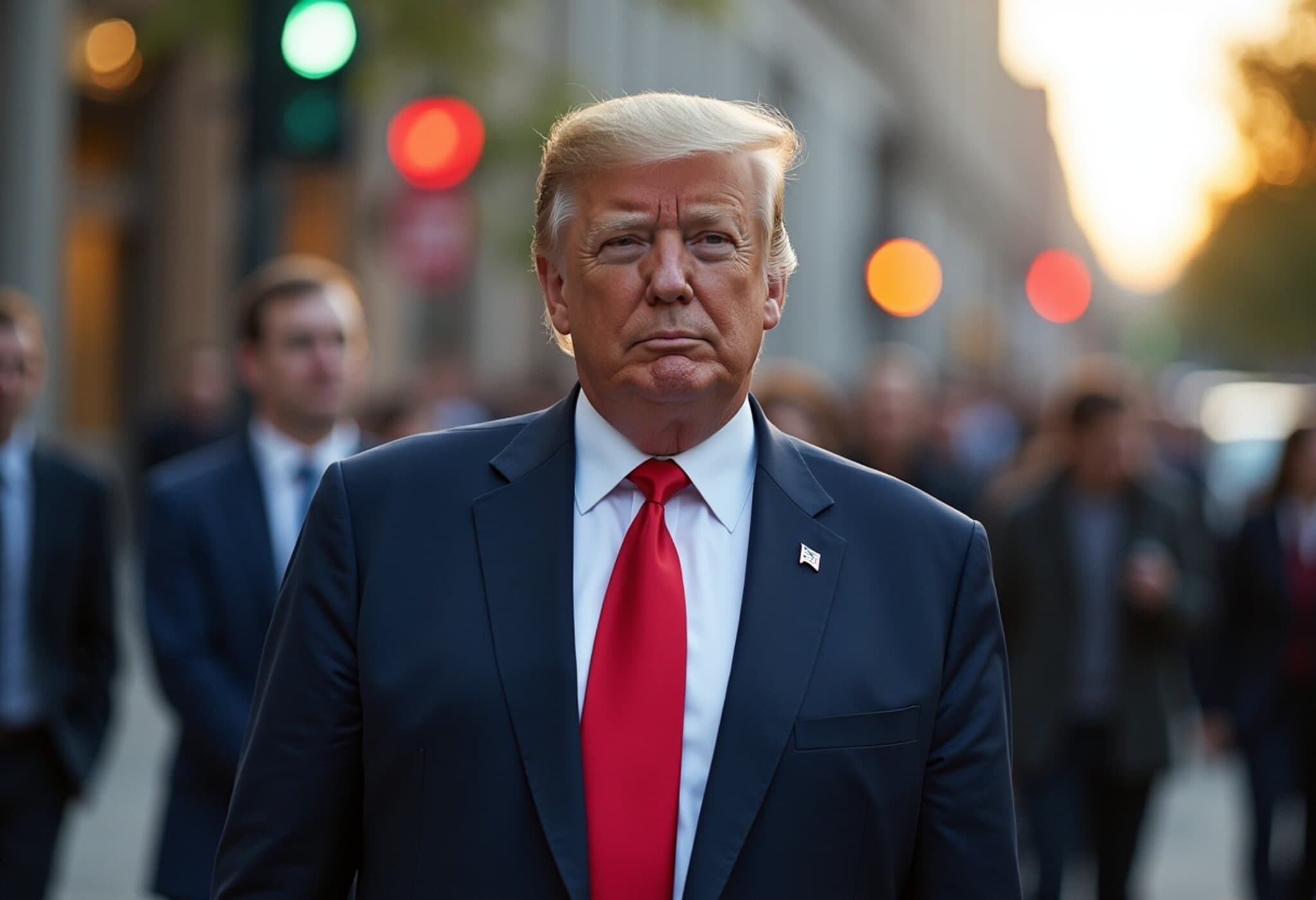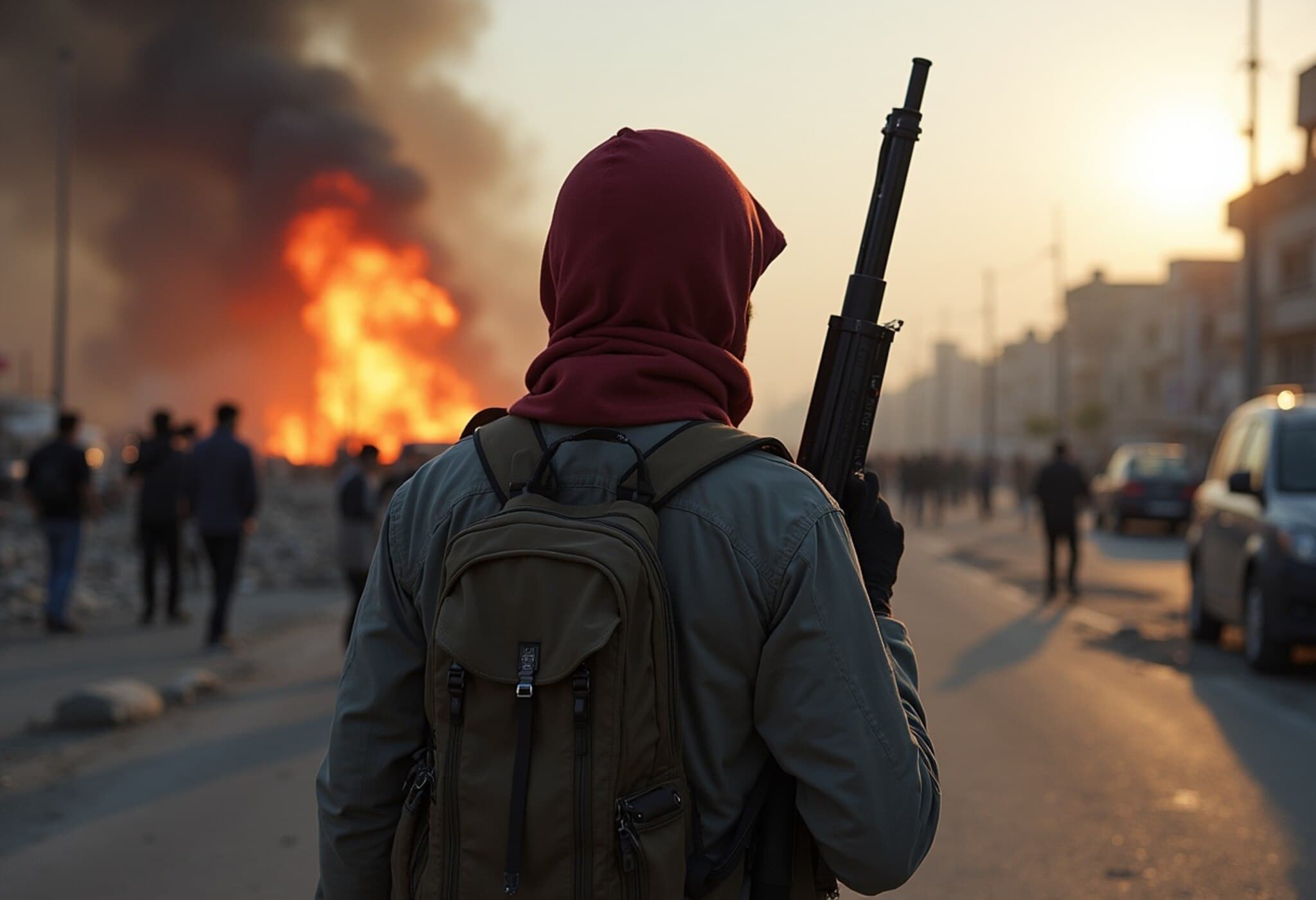Indian Air Force Presses for Additional Rafale Jets to Bolster Declining Squadrons
In a strategic move reflecting growing defense concerns, the Indian Air Force (IAF) has appealed to the government to finalize a direct deal with France for more Rafale fighter jets. This request aims to jumpstart the long-stalled plan to acquire a fleet of 114 multi-role fighter aircraft (MRFA) to modernize and stabilize its combat readiness.
Addressing Critical Shortfalls Post-Operation Sindoor
The urgency to replenish and expand the IAF’s fighter strength surged following Operation Sindoor, conducted between May 7 and 10, 2025. During this operation, Rafale jets played a pivotal role in executing precision long-range strikes against adversarial positions across the India-Pakistan border.
Despite Pakistan’s unverified claims of downing multiple IAF aircraft, including three Rafales, India has categorically denied any losses, underscoring confidence in its aerial operations. The deployment of Chinese-built J-10 fighter jets armed with PL-15 missiles by Pakistan has added complexity to the aerial contest, magnifying the IAF’s drive for more technologically advanced fighters.
Aging Fleet and Strategic Imperatives
The IAF currently operates at a diminished capacity, with only 31 fighter squadrons instead of the sanctioned 42.5, due mainly to the retirement of aging aircraft like the MiG-21s, which will be fully phased out next month. Experts warn that a squadron strength below the sanctioned level undermines India’s ability to counter simultaneous threats from both China and Pakistan.
The MRFA program, initially slated to cost over ₹1.2 lakh crore, has languished for nearly eight years, constraining the IAF’s modernization efforts. This delay comes at a critical juncture as China prepares to equip Pakistan with around 40 J-35A stealth fighters, potentially tipping regional aerial superiority.
Direct Purchase Over Global Tender: A Pragmatic Choice
The IAF recommends bypassing an open global tender and pushing for a direct procurement of Rafales from France. This approach is seen to offer:
- Faster acquisition timelines to urgently bolster squadron numbers.
- Economic and logistical efficiencies due to existing infrastructure at Ambala and Hasimara bases, which already support Rafale operations.
- Platform commonality advantage, particularly with the Indian Navy planning to induct 26 Rafale-M fighters for INS Vikrant, fostering interoperability and reducing training and maintenance overhead.
India’s initial tranche of 36 Rafales, procured under a ₹59,000 crore deal finalized in 2016, has proved effective and well-integrated into frontline operations.
Looking Towards Fifth-Generation Fighters
The IAF also recognizes the looming need for two to three squadrons of fifth-generation fighters to maintain technological edge. While Russia’s Sukhoi-57 and the U.S. F-35 are under informal consideration, official negotiations have yet to commence. Meanwhile, India’s indigenous Advanced Medium Combat Aircraft (AMCA) is expected to enter production around 2035, hinting at a long-term vision of self-reliance.
Geostrategic Context and Policy Implications
The push for Rafales underscores the intertwined realities of regional geopolitics, military modernization, and domestic manufacturing policies, such as the Make in India initiative. While many of the MRFA jets could be co-produced domestically through foreign partnerships, the immediate needs compel the IAF to seek swift acquisition routes.
This scenario raises broader questions about India’s defense procurement agility and strategic foresight, especially as the regional security environment grows more volatile with China's expanding military footprint and Pakistan's ongoing aerial enhancement.
Editor's Note
As India navigates the complex matrix of defense modernization amidst geopolitical challenges, the IAF’s appeal for direct Rafale procurement signals an urgent recalibration of priorities. Beyond numbers, this development spotlights the delicate balance India must maintain between rapid capability enhancement and long-term strategic planning. Observers must watch how this procurement trajectory impacts India’s aerial dominance and its broader vision for indigenous defense manufacturing.
Key questions linger: How will India reconcile immediate operational needs with its aspirations for indigenous advanced fighters? What lessons can be drawn from protracted delays in major acquisitions? And crucially, how prepared is India to respond to evolving threats, given current resource constraints?


